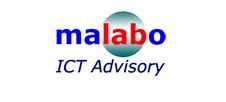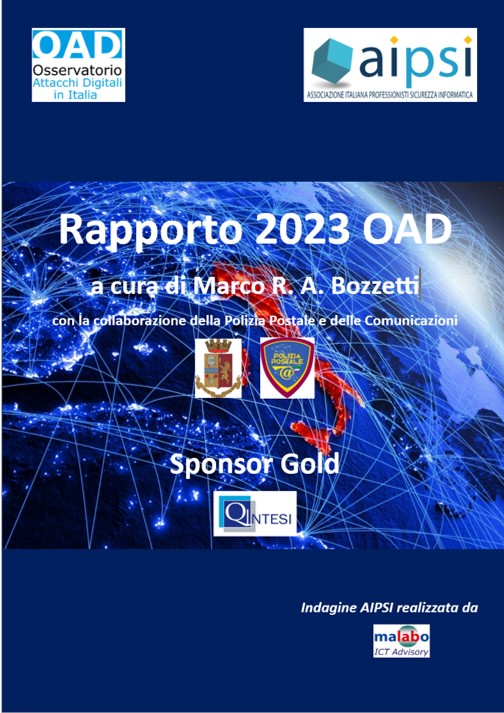The ICT architectures, also called ICT Enterprise Architecture and indicated with the acronym ICT EA, constitute the reference framework and the "master plan" for the evolution of the Informatic System of a specific company / public institution of any size, in line with his strategic business plan.
The current availability and diffusion of "mobile" systems, cloud solutions,and the Operational Technologies (OT), that include Internet of Things (IoT, Internet of Things) make the implementation of an ICT EA even more important to be able to exploit on the one hand technological and market opportunities, on the other hand the investments / expenses already made in ICT, guaranteeing to the various lines of bsuiness a set of agile and modern ICT services, which meet their "time to market", economic, flexible, secure needs, measurable and governable.
For ICT architectures, the "standard", well-established and universally accepted, reference framework is today made up of Togaf, SOA, Service Oriented Architecture and the "old" albeit conceptually still valid OSI model, Open System Interconnection, of ISO, which constitutes the conceptual basis of the hierarchical structure at levels of every architecture, first of all the Internet TCP / IP.
Other terms for modern ICT architectures include EDA, Event Driven Architecture, MDA, Model Driven Architecture, Microservices, etc.
For certain functional groups / sectors, and in particular for the open source world, specific "sectorial" architectures have been introduced, called stacks, which group groups of solutions. Among the most well-known and widespread LAMP stacks (Linux, Apache, MySQL, PHP / Perl / Python) which constitutes an archetype of a web environment, Security Onion stack, and so on.
Every major ICT provider has created its own proprietary architecture, at least for the type of products / solutions / services it offers on the market, which drives and sometimes constrains the interaction with solutions from other suppliers. This is another decisive element of the need for an ICT EA, in order to be able to choose new products / solutions / services that are truly compatible and that can effectively interoperate with those already in use in production.
Malabo, and in particular Marco RA Bozzetti since the beginning of his career at the CREI-Polytechnic University of Milan and in Olivetti and Italtel, have worked both at customers and in various initiatives and conferences: at the customers to help them in defining their ICT architecture internal, as a reference map and guide for the evolution of the Information System in line with the evolution of business needs and not having to depend on a single Supplier, In the various "public" initiatives, in collaboration with associations such as Aica, Assolombarda, ClubTI, Aipsi, and in various conferences, Bozzetti and Malabo have brought their experiences and real and concrete use cases to promote the architectural approach and the reference to the various de-facto and de jure standards.
For any ICT advisory intervention, especially in medium and large structures (public or private), Malabo begins to frame the ICT "as is" situation and the "to be" situation by checking if and in what way an ICT EA has been defined and followed .




